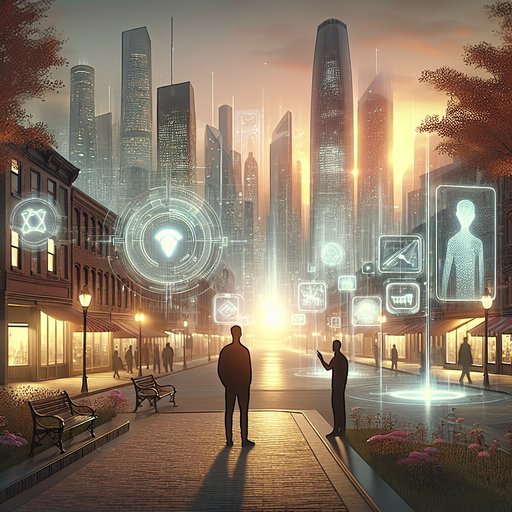
Humanity has not yet launched a spacecraft explicitly aimed at another star, but the first attempts are underway in the form of precursor missions, engineering studies, and enabling technologies. The Pioneers, Voyagers, and New Horizons are slipping into interstellar space, while decades of design work—from fusion rockets to laser-pushed sails—has turned science fiction into engineering roadmaps. In the 21st century, solar-sail demonstrations, chip-scale spacecraft, optical communications, and directed-energy research are converging on concepts like Breakthrough Starshot, which envisions gram-scale probes racing to Alpha Centauri. Interstellar “precursor” mission studies seek to push far beyond the heliosphere as a stepping stone. These are the groundwork phases of a project measured in decades, not years, but they mark humanity’s first concrete moves to send emissaries to other star systems.

When sight becomes a setting, ethics follows with a lag. Virtual and augmented realities do not simply decorate the senses; they rearrange attention, memory, and the terms of encounter. A city can be softened, a face can be remade, a past can be revised. The result is not mere novelty but a renegotiation of what we owe to one another and to ourselves: whether simulated harm counts as harm, whether privacy includes the right to appear, whether curated lives remain truly ours. This story follows a municipal ethicist and her brother through a landscape where people can toggle discomfort and rehearse compassion, where errors in perception become injuries, and where choosing what to see quietly becomes a moral act. Their choices are ordinary, like switches. Their consequences are not.

As life expectancy rises, protecting brain function has become a central health goal. Diet is one of the most practical levers we can pull: it shapes vascular health, fuels synapses, and influences inflammation and the microbiome, all of which matter for memory and attention. A growing body of research now moves beyond vague notions of “healthy eating” to examine specific foods and patterns that track with better cognition in older adults. While nutrition is not a treatment for disease, evidence-informed choices—made consistently—can support long-term mental sharpness, complementing sleep, exercise, and social engagement. This article distills the latest findings into actionable strategies you can take to your kitchen and your clinician, helping you build a brain-friendly plate without hype.

On the hill where the wind carries incense from one family plot to the next, Ximena threads marigolds into a sun-bright chain while Wei folds paper into a lantern shaped like the moon. They meet between stones etched with different alphabets, their hands smelling of citrus and ash. In a neighborhood where bodega radios tangle with temple bells, the language of memory is as complicated as the language of love. Together, they learn how to keep faith with the people who made them without losing the shape of what they can become.

































































